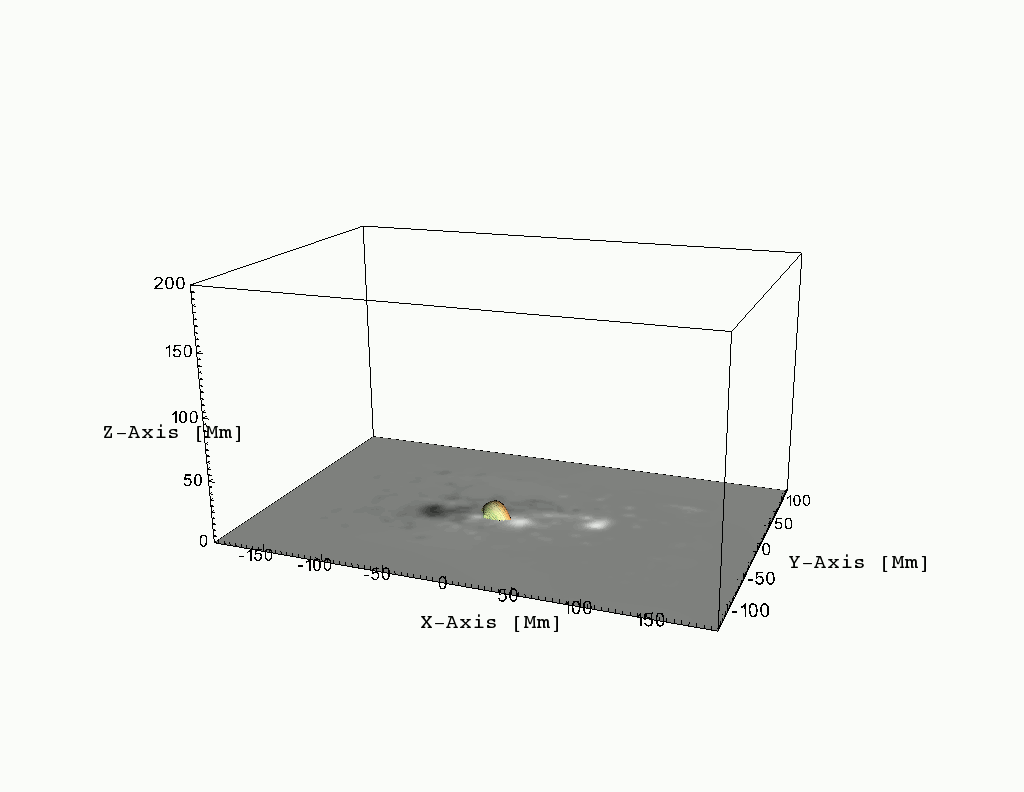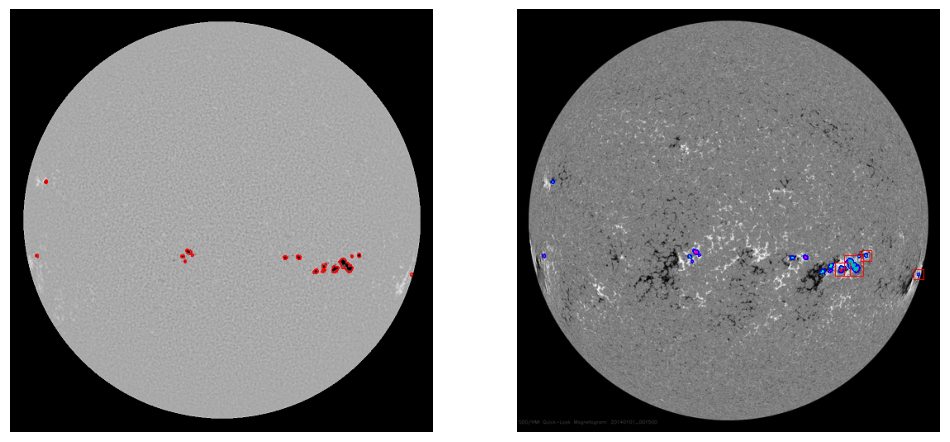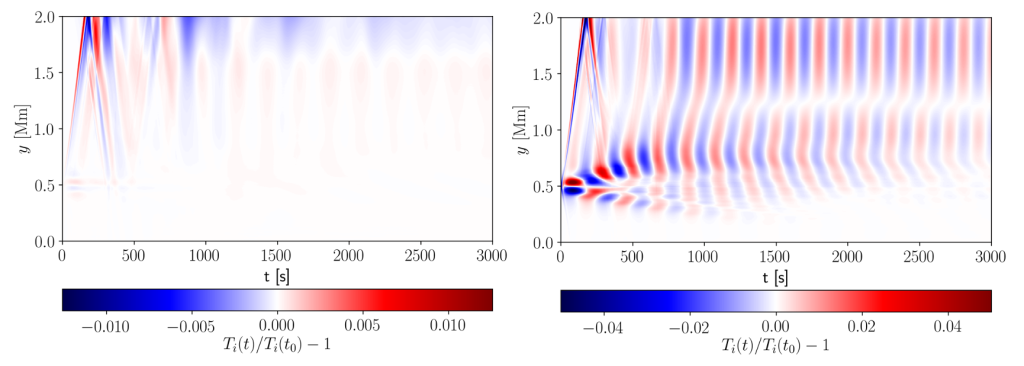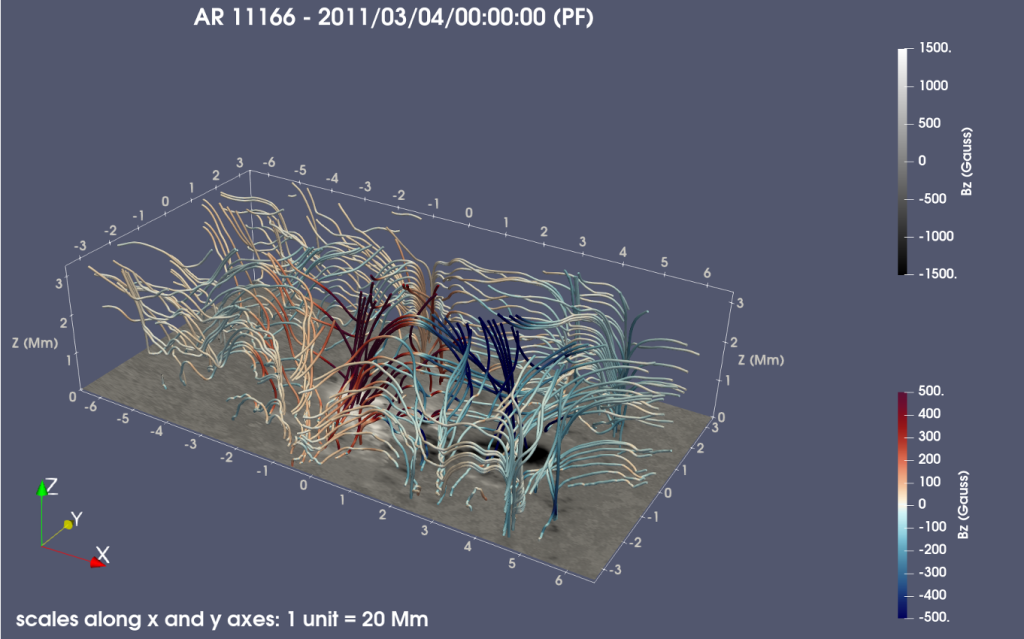
Gallery
This gallery shows a selection of data plots, images and animations produced by the SWATNet Early Stage Researchers.
Solar flux ropes

Solar Energetic particles
Features on the Sun


Modelling of the solar atmosphere



This gallery shows a selection of data plots, images and animations produced by the SWATNet Early Stage Researchers.




